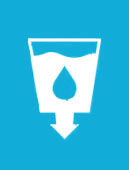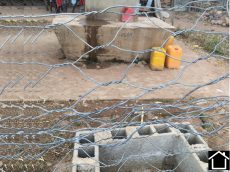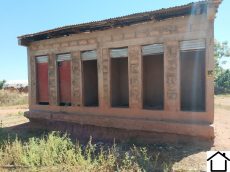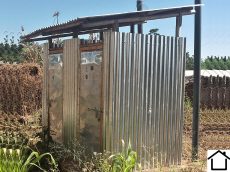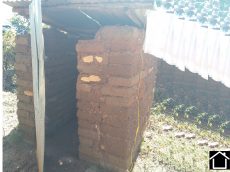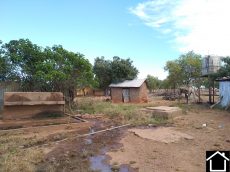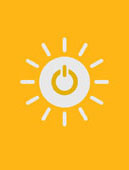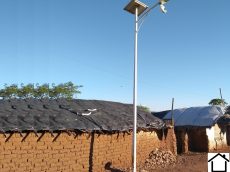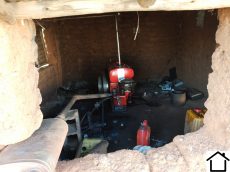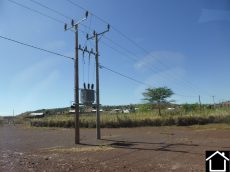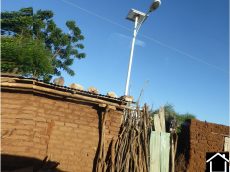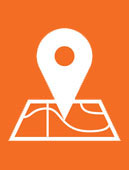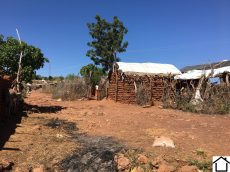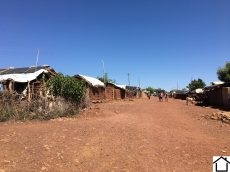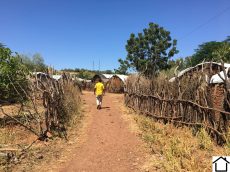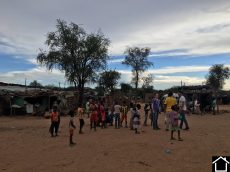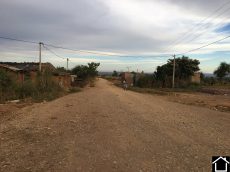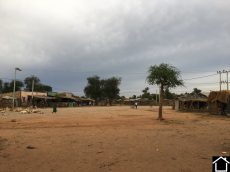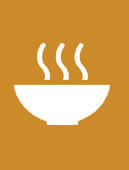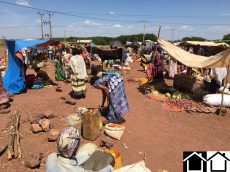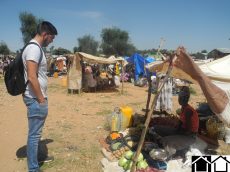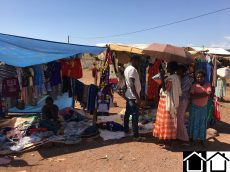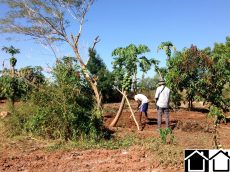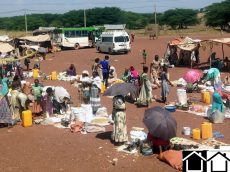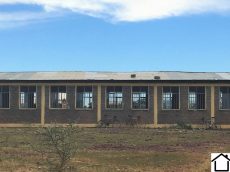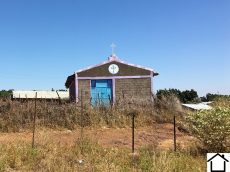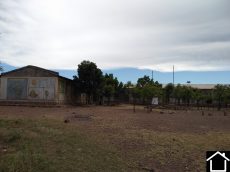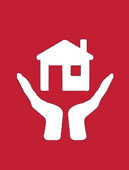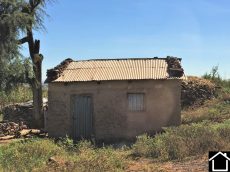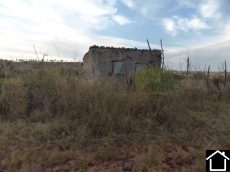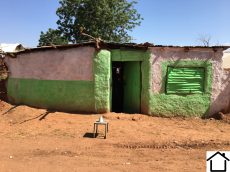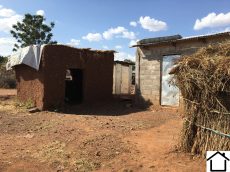Shimelba has two primary schools (one for the refugee population and one for the host community), a secondary school shared by both populations, a health centre and a centre for those with mental health problems. It also has an open space for the Friday market, fenced spaces for a children’s playground, a library, several churches (Orthodox, Catholic and Protestant) and mosques, a recreational centre and a volleyball court, in addition to the free spaces spontaneously occupied by children and their games.
It is in elementary schools where the disparities between both communities are more evident because the school buildings for the refugee population are in better conditions than those of the host population. In the latter, 50% of the modules lack roofs and some classes are taught in improvised classrooms.
However, overcrowded classrooms are more frequent in the refugee community, with 80 students per class. In the host community, that proportion drops to 50. The students, who participated in one of the workshops, asked mainly for classrooms, electricity, uniforms and books for their schools.
The refugee camp does not currently have a vocational training centre, despite the fact that the population needs it. In Maikuhili, however, there is a Training Centre in Agriculture. Education is rated among the top five priorities by both populations.
Furthermore, it is striking that despite having health centres both in the refugee camp and in the host community of Maikuhili, the populations, especially the refugees, consider access to health services as a priority. The nearest hospital is in Shire, two and a half hours by road, and women identify the local health centres as unsafe spaces.
Regarding communication technologies, more than 50% of both populations have a smartphone, despite the fact that data coverage is very poor in the refugee camp. For the host population, unlike the refugees, access to Internet is among the top five priorities, although there are almost no laptops or tablets, let alone Internet centres that facilitate access to them.








